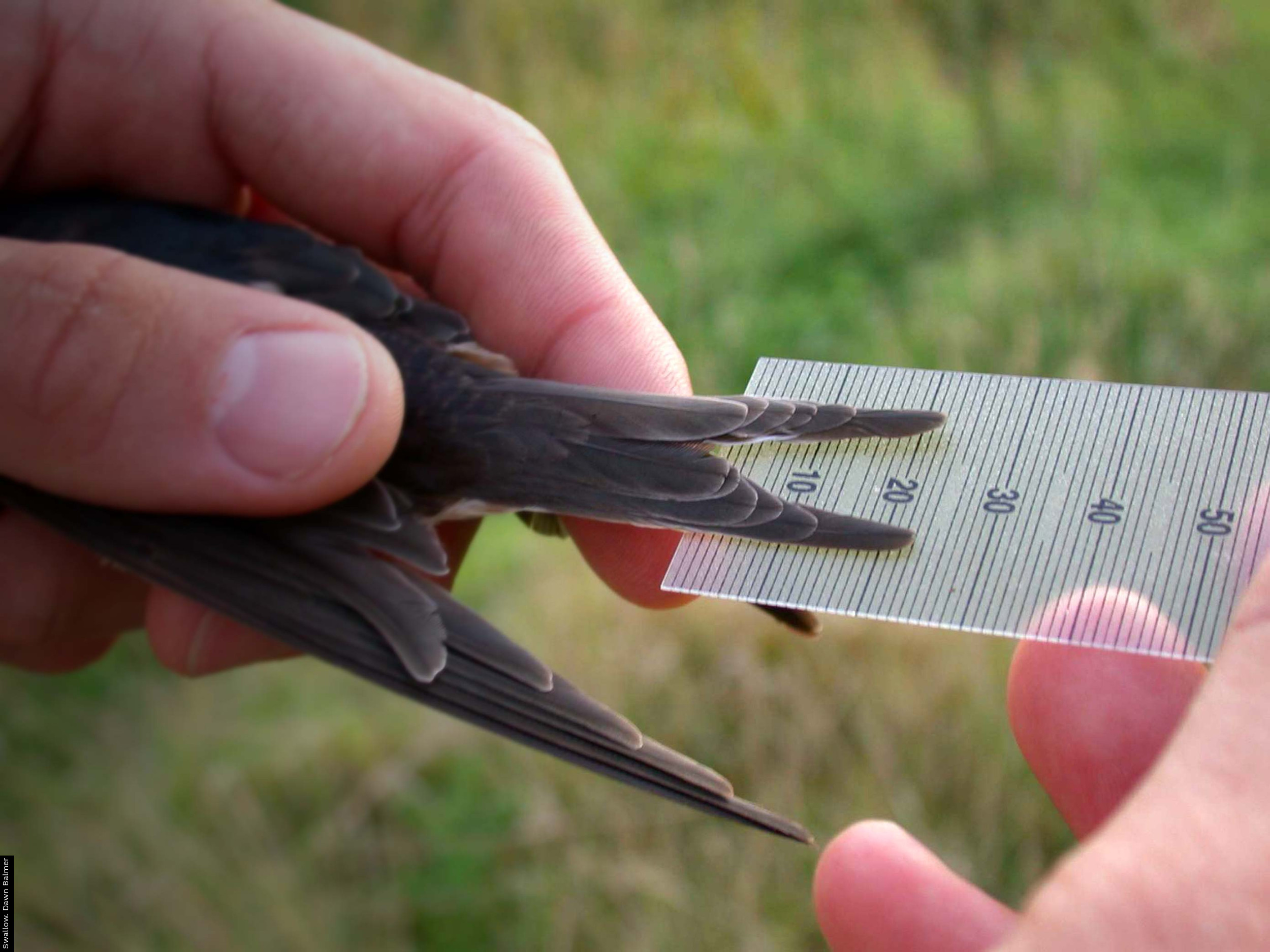Getting more out of Ringing and Nest Recording
Background
A key aim for the BTO is to understand how populations change in order to inform effective conservation policies. The demographic monitoring schemes (Ringing and Nest Record Schemes, CES and RAS) have a critical part to play in this by providing information on survival, productivity and dispersal with which to interpret data on abundance collected by schemes such as BBS and WeBS. Much of this work is undertaken within the BTO/JNCC Partnership and, as part of the renewal of the Partnership Agreement, we have identified a need to develop improved targeting of demographic monitoring effort during the current Partnership period (2010-2016) to better support conservation policies. A key goal of this targeting is to increase the number of species for which good quality demographic analyses can be produced (and hence for which causes of population change may be inferred) and to provide measures of cross species patterns that are indicative of broad environmental change, such as trends towards earlier laying dates linked to climate change and changes in survival in response to changing agricultural practices.
How the strategy was developed
We first discussed ways of collecting more, and better, data from the Ringing and Nest Recording Schemes at a workshop at the BTO’s annual Swanwick conference in December 2009; the
of this meeting outlines some of the key things we aim to achieve and why these are important. This was followed up by an online
where we asked ringers about their contribution to schemes, such as CES and RAS, and how we could make this easier for them. Ringing Committee have since discussed and developed these thoughts extensively. An initial discussion in
outlined the need to develop such a strategy and established the timetable to for doing so. The plans began to take shape at the
meeting and an initial proposal for the list of species to be targeted was refined. These ideas were further developed at the
meeting. We then arranged a workshop with participants from JNCC, the Country Agencies and others who use these data to ensure we were meeting their needs in terms of relevant information. The
of the meeting highlights the value that these organisations place on data collected by BTO volunteers and the ways in which it can feed directly into government policy and decision making. We also sought the views of ringers about our plans. The
was overwhelmingly positive, with most ringers keen to ensure their efforts made the most useful contribution possible, though some additional issues were highlighted that will be discussed at future Ringing Committee meetings. Finally, Ringing Committee agreed a
at their meeting in October 2011. This strategy will help guide and direct the development of the Ringing and Nest Recording Schemes over the next few years. One key issue to emerge from the consultation of ringers was the need to make the most of existing data and Ringing Committee discussed some of these
at their April 2012 meeting.The
we have developed will continue to ensure the data we gather remains at the heart of the conservation decision-making process, as explained by
Rob Robinson in this
presentation, which talks about what we would like to achieve.
Taking things forward
Related content










Share this page